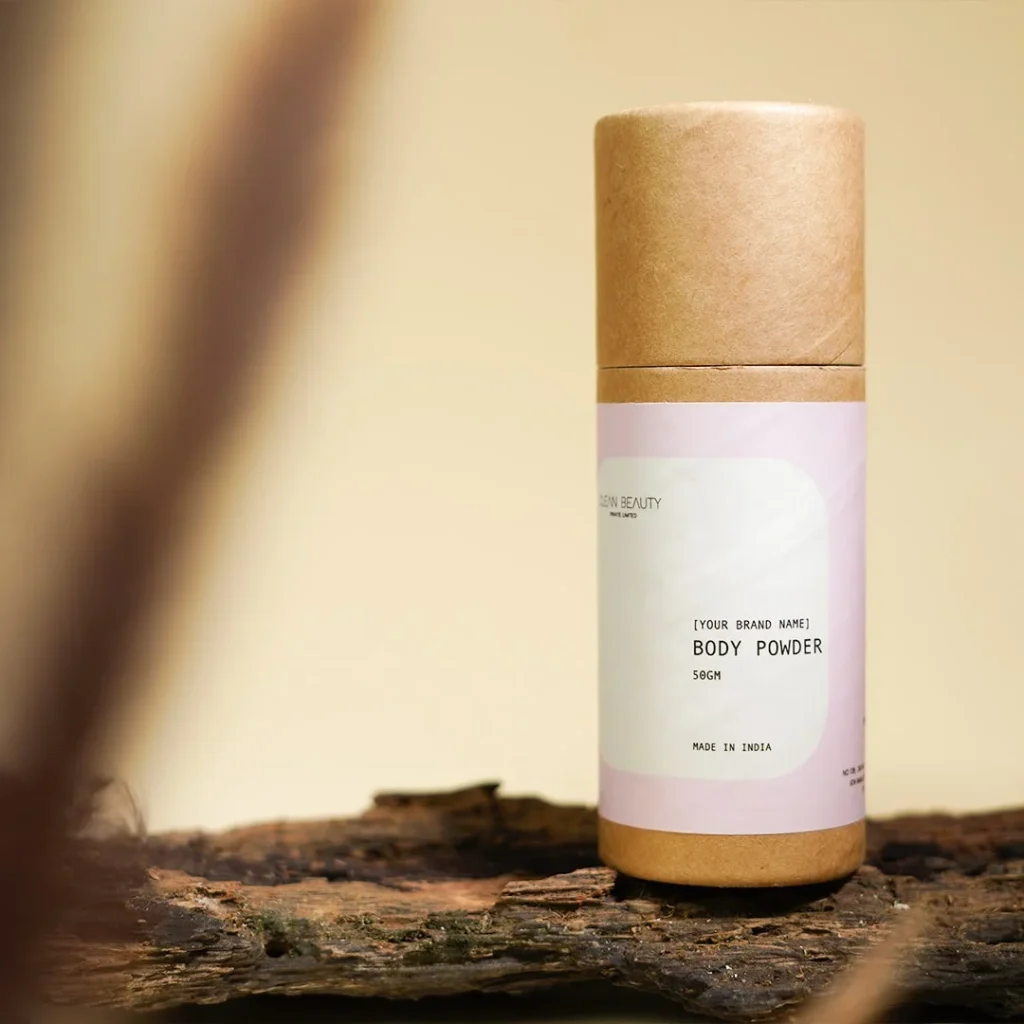Thorough testing is a promise we make to the customers and a legal requirement in a ruthless beauty industry where safety is of paramount concern. Both cosmetic product testing and product stability testing are essential stages in the creation of skincare products, working to assure the long shelf life and minimise skin sensitivities. Knowing these procedures is essential in brand-building, whether you are manufacturing a moisturiser or a face serum.
Why Cosmetic Product Testing Is Crucial in Product Development
Before a skincare formulation is launched into the market, it undergoes a series of quality and safety evaluations. It is essential to work out all reactions, allergic reactions, impurities, or problems with formulation that may compromise their effectiveness or safety through the testing of beauty products.
E.g., a new face cleanser is subject to testing to ensure that the natural extracts do not irritate when mixed with other active ingredients or preservatives.
Understanding the Purpose of Product Stability Testing in Skincare
Tests for product stability determine how a cosmetic can buy time to endure various environmental conditions, such as heat, moisture, light, etc. The shelf life of the product and its maintenance of uniform performance standards and packaging compatibility are determined by these tests. Skincare products, when not subjected to stability testing, can separate, discolour, lose effectiveness, or become dangerous to use. For example, a moisturiser that feels luxuriously rich on the first day can very well be watery or have a rancid smell after six months, which will certainly deter customers.
How Cosmetic Product Testing Enhances Safety Compliance for Skincare
Cosmetics must satisfy strict safety regulations as registered by international agencies such as FDA (USA), EU Cosmetic Regulation, and BIS (India). Cosmetic testing is done to ensure the formulations meet all safety standards, including ingredient tolerances, microbiological limits, and skin irritation.
Testing is very important in making cosmetics; any faults lead either to product recalls, fines, or damage to the brand.
Key Methods Used in Cosmetic Product Testing Today
Below we have the testing methods, some of the most widely accepted and utilised in the cosmetics sector:
- Checks for allergic skin reactions by patch testing.
- Microbiological testing makes sure that the recipe is free of bacteria, fungi, or dangerous yeasts.
- Testing for stability and shelf life serves to quantify the physical and chemical stability over time.
- Preservative efficacy testing, PET, assures that the preservative prevents any growth of microorganisms.
- Dermatological testing assures that products are safe for sensitive skin types.
Each of the methods contributes in varying degrees to their general performance and safety.
The Importance of Product Stability Testing for Long-Term Product Effectiveness
While your freshly made formulation does the job at that moment, what would happen six months or one year later? Stability testing of the product ensures the capability of plant extracts or active ingredients like hyaluronic acid to remain safe and effective over the period.
This is especially important because clean or organic cosmetic products may lack synthetic stabilisers. Without testing, brands run the risk of having formulas that go bad, unhappy consumers, and a tarnished reputation.
Regulatory Guidelines for Safety Compliance in Cosmetic Manufacturing
There are particular safety laws provided in each country or region:
- Adverse events declared and voluntary registration in the USA (FDA)
- Ultimate evaluation is needed in the Union of Europe, whereby CPNP notification and labelling are essential (EC 1223/2009).
- Standards for production, labelling, and testing are laid down under the BIS/Drugs and Cosmetics Regulations of India.
These regulations demand that one maintain adequate documentation and thorough testing of cosmetic products.
Common Challenges in Product Stability Testing and How Manufacturers Solve Them
1. Incompatibility of Ingredients
Some substances with the passage of time may degrade due to light or temperature. Since this cannot be allowed, cosmetic manufacturers could use UV packaging or encapsulation technology.
2. Reactions within Packaging
Acids or essential oils could react with plastic containers, if any. Compatibility testing helps manufacturers find safe packaging solutions at an early stage of product development.
3. Contamination by Microbes
Water-lean formulations or naturals are comparatively easier to contaminate. The preservative efficacy testing ensures the safety of the product throughout its stated shelf life.
Ensuring Safe and Stable Skincare Through Rigorous Cosmetic Product Testing
Depending on the brand type, trust, safety, and continued brand value cut across marketing and packaging attractiveness. Stability and cosmetics testing assure that your formulations satisfy consumer expectations and international standards. Especially if you’re brand new to the market, working with experienced labs or third party manufacturers that are conscientious about safety compliance is the right thing to do; also, it is the most profitable way to build a dignified skincare brand.
FAQs
1. What is cosmetic product testing, and why is it essential in manufacturing?
Before a skincare product is distributed to customers, cosmetic product testing establishes efficacy, safety, and quality so that the product can meet legal and health requirements.
2. How does product stability testing impact the shelf life of skincare products?
The testing evaluates how a product might behave under differing environmental scenarios and for how long it is suitably applied without losing efficacy or safety.
3. What types of ingredient tests are performed during cosmetic formulation?
During cosmetic formulation, tests include pH testing, microbiological testing, compatibility testing, and allergen testing, among others.
4. How do you ensure safety compliance for skincare during the development process?
All proper product testing must be carried out following local regulations, and complete records must be retained for all formulations and processes.
5. Is stability testing required for all cosmetic products before launch?
Yes, drug stability must be guaranteed to avoid quality problems or recalls, and usually, regulatory authorities or retail agencies require proof of stability.
6. How long does a typical product stability trial take in cosmetic manufacturing?
These tests can take from three to twelve months, depending upon the method, to simulate real-time and accelerated ageing scenarios.
Related Blogs


